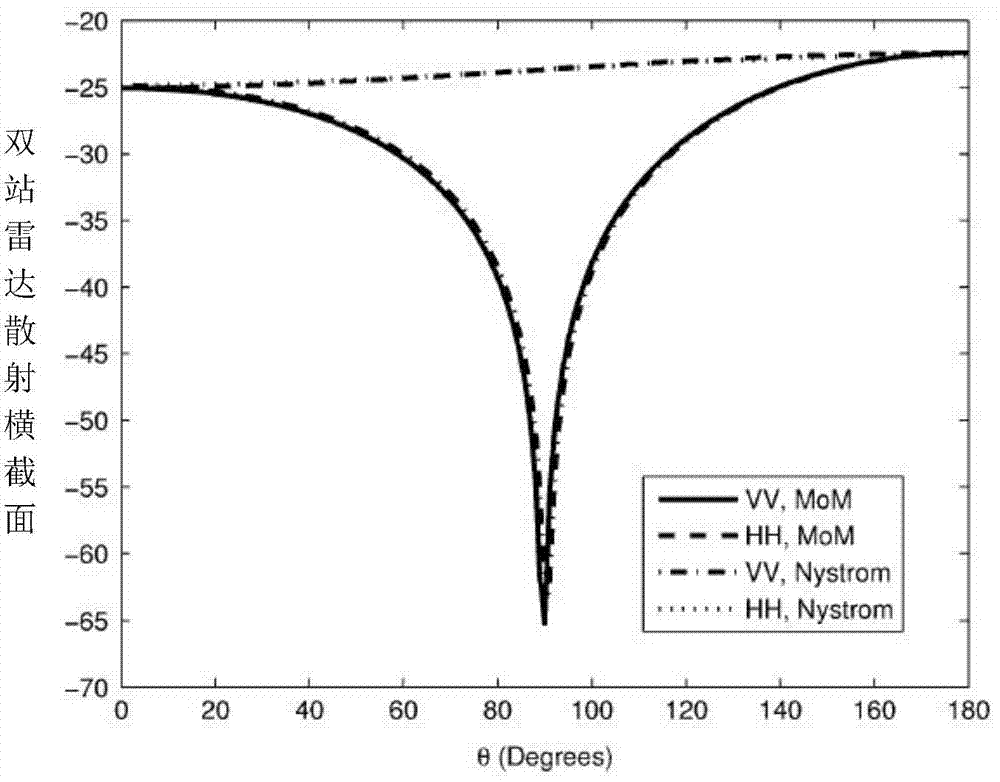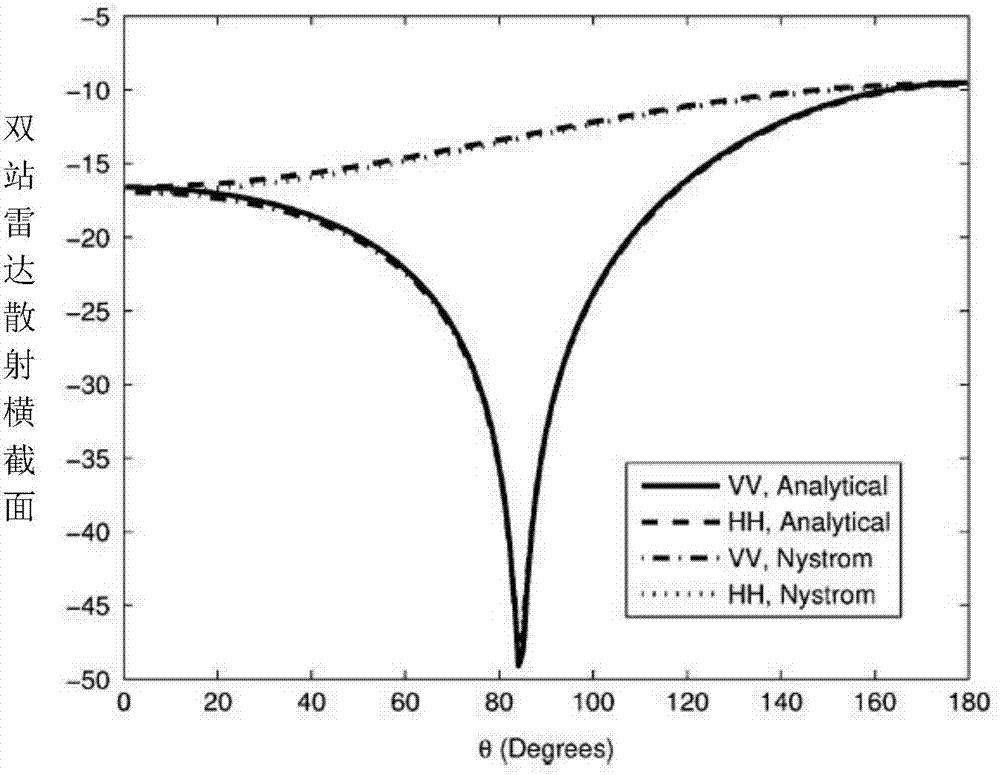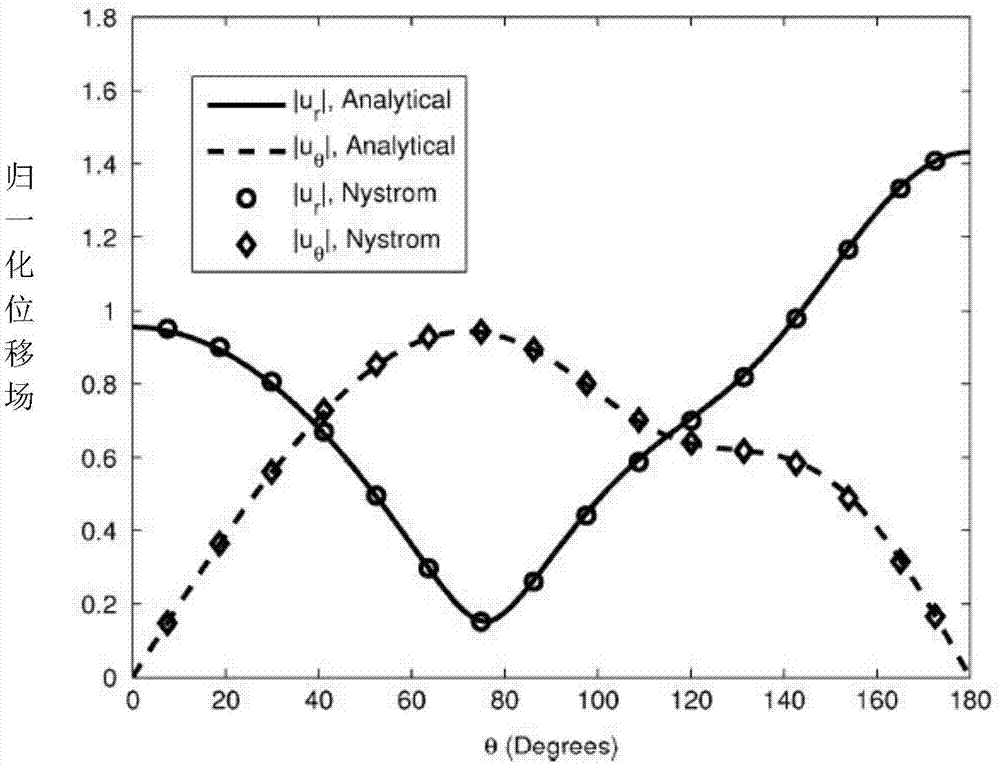Method for analyzing electromagnetic radiation characteristics of piezoelectric ceramic material
A technology of piezoelectric ceramics and characteristic analysis, applied in the direction of measuring electricity, measuring electrical variables, measuring devices, etc.
- Summary
- Abstract
- Description
- Claims
- Application Information
AI Technical Summary
Problems solved by technology
Method used
Image
Examples
Embodiment Construction
[0031] The technical solution of the present invention will be described in detail below in conjunction with the accompanying drawings. An example of analyzing the electromagnetic radiation characteristics of piezoelectric ceramic materials is given to illustrate the advantages of the invention.
[0032] According to the technical scheme of the present invention, the implementation steps are as follows:
[0033] step 1:
[0034] The integral equation for the electromagnetic scattering problem of a medium object can be derived from the vector wave equation (ignoring the influence of the elasticity of the object and the surrounding medium):
[0035]
[0036] Among them, the internal region V of the specified object 1 is area 1, outer area V 2 is region 2, assuming that there is a current source in region 2 Generates incident waves on the object. ò i and μ i (i=1, 2) are the dielectric constant and permeability of the object, E i (i=1, 2) is the electric field of the ...
PUM
 Login to View More
Login to View More Abstract
Description
Claims
Application Information
 Login to View More
Login to View More - R&D
- Intellectual Property
- Life Sciences
- Materials
- Tech Scout
- Unparalleled Data Quality
- Higher Quality Content
- 60% Fewer Hallucinations
Browse by: Latest US Patents, China's latest patents, Technical Efficacy Thesaurus, Application Domain, Technology Topic, Popular Technical Reports.
© 2025 PatSnap. All rights reserved.Legal|Privacy policy|Modern Slavery Act Transparency Statement|Sitemap|About US| Contact US: help@patsnap.com



